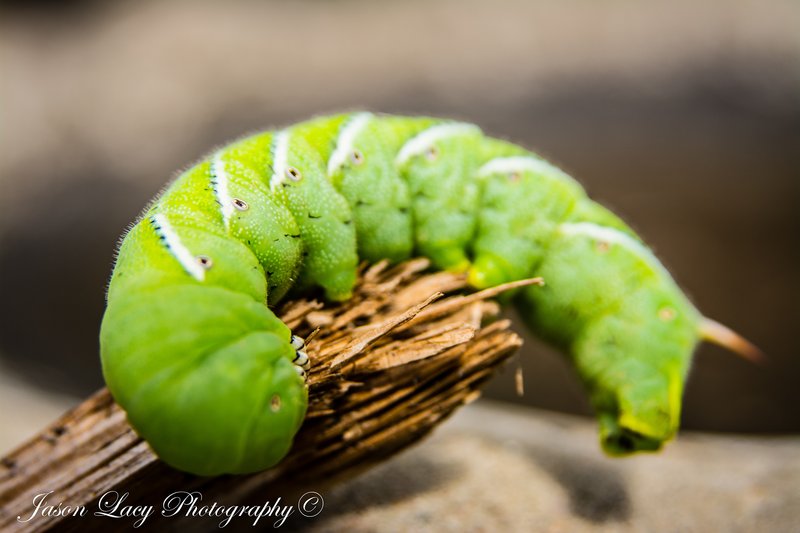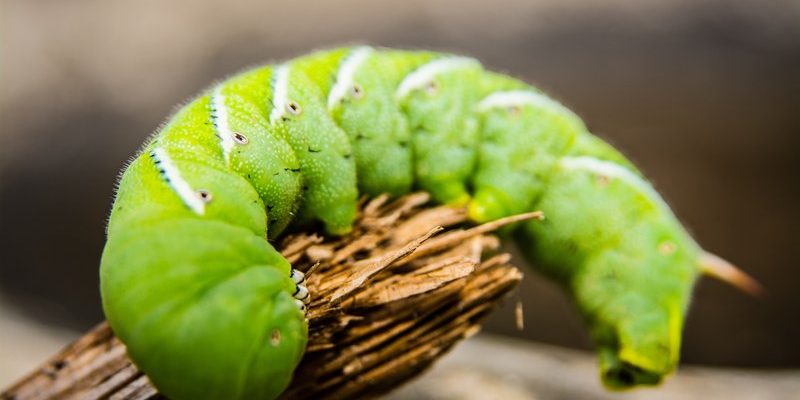
Imagine sitting down to a nice cup of coffee and discussing the journeys of these caterpillars. You might be surprised to learn that observing hornworms isn’t just about watching caterpillars munch on leaves; it’s a rich opportunity for students to learn about life cycles, ecosystems, and even scientific methods. Plus, if you’re new to this, starting your documentation journey can be as easy as getting a few plants and a couple of hornworms. Let’s dive into the world of hornworms and see what makes them so special.
Understanding Hornworms: The Basics
Hornworms, specifically the *Manduca sexta*, are the larval stage of the tobacco hornworm moth. They usually have a vivid green color with a horn-like protrusion at one end, giving them their name. You’ll often find them on tomato plants, where they love to munch on leaves and fruit. Understanding their appearance and habitat is essential for anyone documenting their behavior.
These caterpillars benefit from the camouflage they get from the green leaves. You might be wondering how they manage to stay hidden from predators. Their color helps them blend in, making it harder for birds and other animals to spot them. Additionally, hornworms can grow quite large—up to 4 inches long—so they can really pack in the munching on those leaves.
In documenting hornworm behavior, you’ll also want to pay attention to their *feeding habits*. They typically feed during the night, which makes them more active when you’re not watching. This nocturnal behavior adds an exciting layer to observation—especially if you plan to do some nighttime watching.
Setting Up Your Observation Site
Creating the right environment for your hornworm observation is crucial. You don’t need a fancy lab; just a small garden or a few potted plants will work wonders. Start with some healthy tomato or pepper plants, as these are favorites for hornworms. Here’s how to set up your observation site:
- Choose a sunny location to ensure the plants thrive.
- Keep the plants well-watered and free from pesticides to create a safe habitat for hornworms.
- Try to provide some protection from wind and extreme temperatures; plants that are too stressed won’t serve as good hosts.
Maintaining a consistent observation schedule can also be beneficial. You might choose to check on your plants at different times of the day to capture a full picture of hornworm behavior. Taking notes regularly will help you see patterns in their activity, and it’s a great way to engage with the world of nature.
Documenting Feeding Behavior
One of the most interesting aspects of hornworm behavior is their feeding habits. Hornworms can consume large amounts of foliage, so watching them eat can be quite a spectacle. They tend to leave distinctive signs of their eating, like large, irregular holes in leaves. Here’s how to effectively document their feeding:
- Observe and note the time of day they are most active.
- Take photos of the plant before and after they eat to visually represent their impact.
- Mark your plants with non-toxic markers to identify which areas they’ve fed on.
You might also find it interesting to compare different hornworms. If you have multiple caterpillars on various plants, see if they show any preference for certain leaves or parts of the plant. This can lead to exciting discussions about their choices and survival strategies.
Studying Behavior Patterns
As you watch your hornworms, start looking for behavior patterns that intrigue you. For example, hornworms often exhibit *resting and moving* behavior throughout the day. They might spend several hours motionless, possibly as a defense mechanism against predators, before suddenly becoming active again.
You could keep a chart to track their movements, noting the time they spend feeding versus resting. Here’s a simple way to break it down:
- Active periods: Time spent feeding or moving.
- Resting periods: Time spent immobile or hidden.
Understanding these patterns can provide insights into their overall life cycle and survival tactics. It’s like piecing together a puzzle of their daily lives.
The Life Cycle of Hornworms
Documenting hornworm behavior isn’t just about their feeding; it’s also about understanding their life cycle stages. Hornworms undergo several significant phases: egg, larva (caterpillar), pupa, and adult moth. This life cycle can be an excellent teaching tool.
You can observe the transition from hornworm to moth by setting up a separate container to house them during pupation. Document how long it takes them to change, and what environmental factors (like temperature and light) might affect it. This information is essential in understanding their role in the ecosystem, especially as they become pollinators as adult moths.
Here’s a brief overview of the stages:
| Stage | Description |
|---|---|
| Egg | Small and laid on the underside of leaves. |
| Larva | Green caterpillar stage that feeds voraciously. |
| Pupa | Forms a cocoon; this is where transformation happens. |
| Adult Moth | Mature moths that are often active at dusk and dawn. |
Engaging with the life cycle is a fantastic way to understand not just the hornworm, but also its ecosystem role.
Engaging Students with Hornworm Behavior
If you’re documenting hornworm behavior for educational purposes, make it interactive! Learning about these creatures can spark curiosity and excitement among students. You can turn your observations into lessons by involving students in the process.
Here are some activities to try:
- Have students create a *hornworm journal* to record their findings.
- Encourage them to draw the different life stages and habitats of hornworms.
- Host discussions about the ecological importance of hornworms, including their role in food chains.
By guiding students through these hands-on activities, you empower them to engage with nature in a meaningful way. Plus, they’ll have fun learning while developing observational skills.
Challenges in Documenting Hornworm Behavior
Of course, documenting hornworm behavior can come with challenges. For one, you may face difficulties in *keeping the caterpillars alive long enough to observe all their behaviors.* They can be sensitive to environmental changes. Here are a few tips to overcome common challenges:
- Monitor humidity levels, as hornworms thrive in humid environments.
- Ensure they have fresh food daily; they can quickly strip a plant bare.
- Be prepared for potential predators—like birds or wasps—that might want to munch on your hornworms too.
If one caterpillar doesn’t survive, don’t let that discourage you. Every observation is a learning opportunity, even when things don’t go as planned.
In conclusion, documenting hornworm behavior can be a rewarding and educational journey. From understanding their feeding habits to observing their life cycle, there’s so much to learn. Whether you’re a teacher looking to engage students or just someone curious about nature, hornworms offer a tremendous opportunity to explore fundamental biological concepts. So grab a cup of coffee, a notebook, and enjoy the fascinating world of hornworm behavior!

